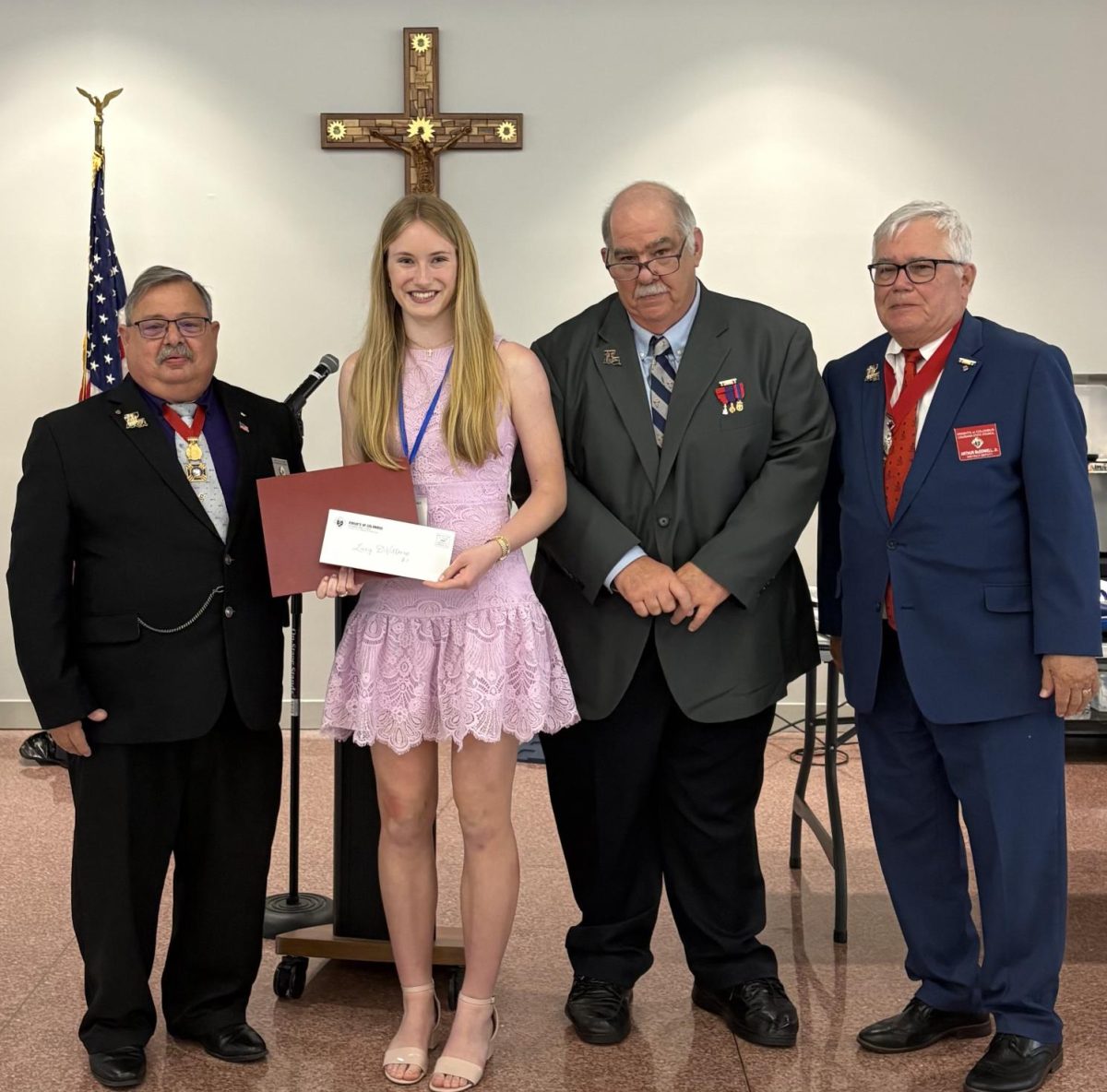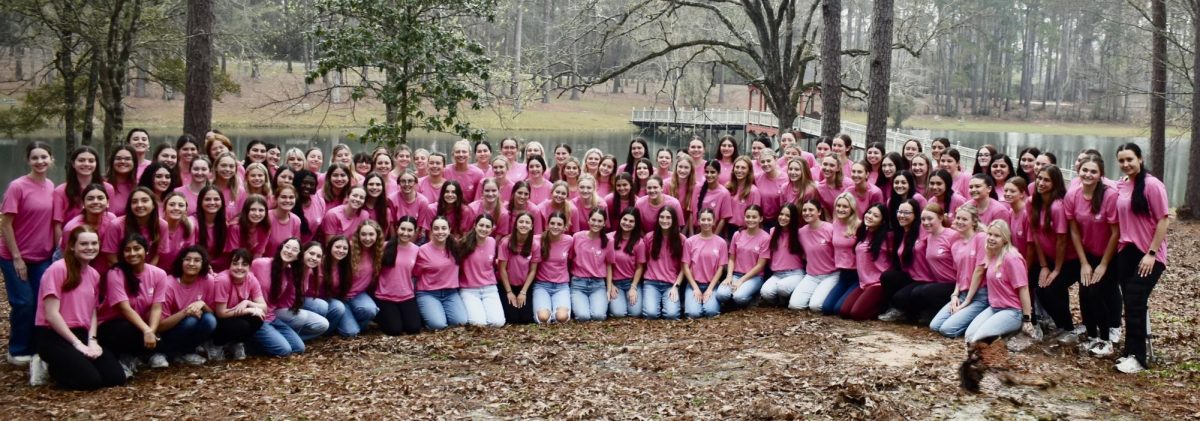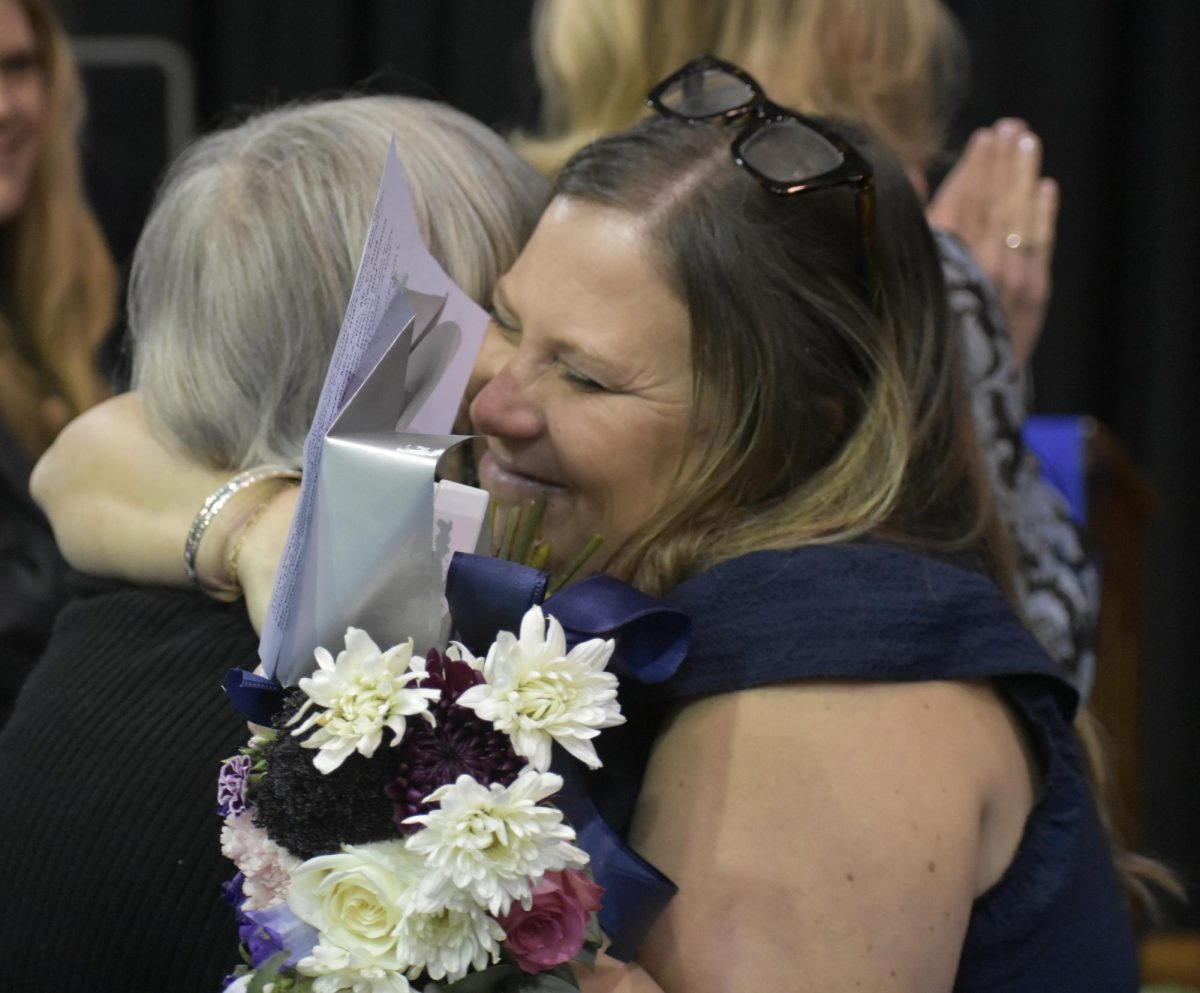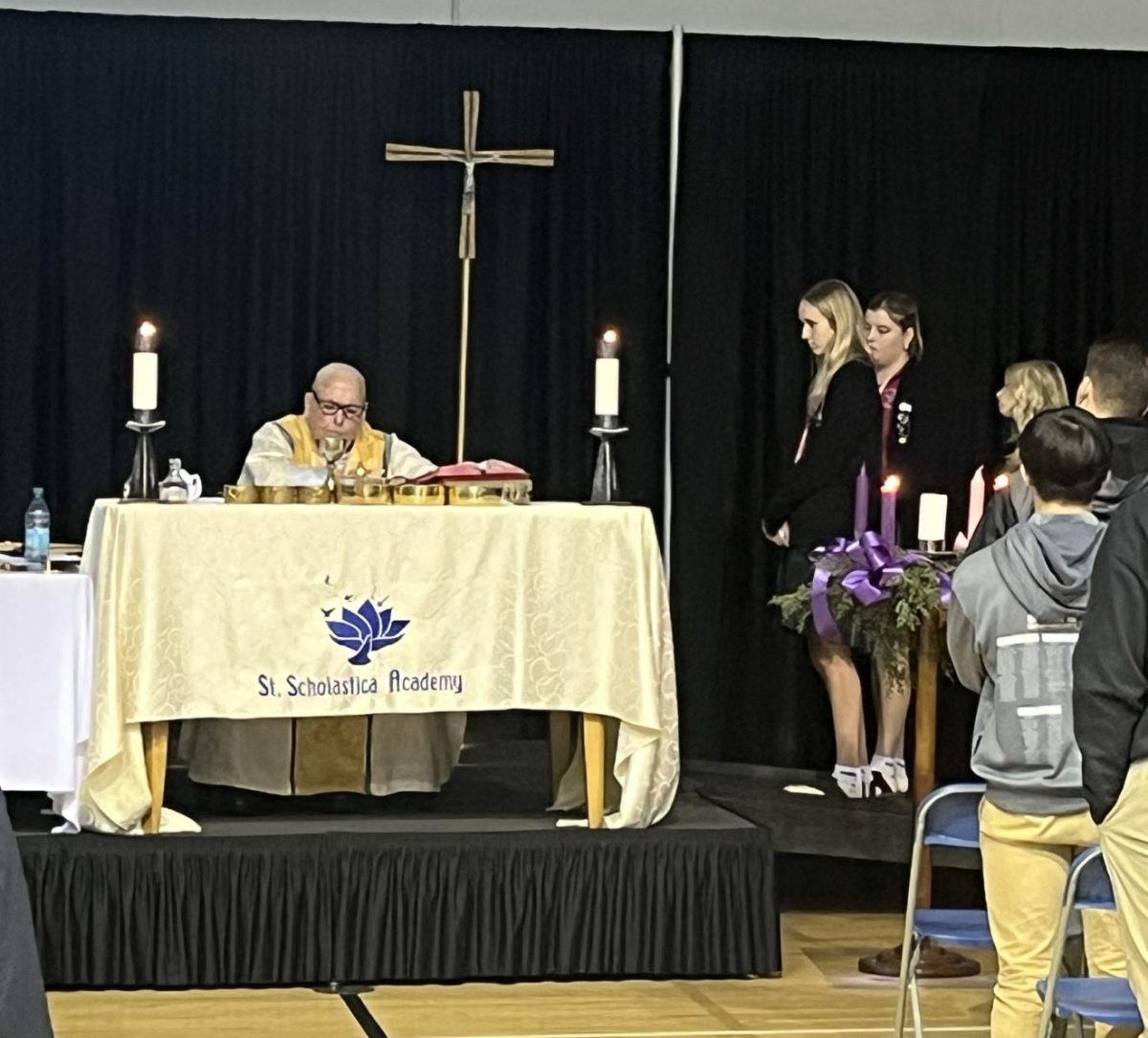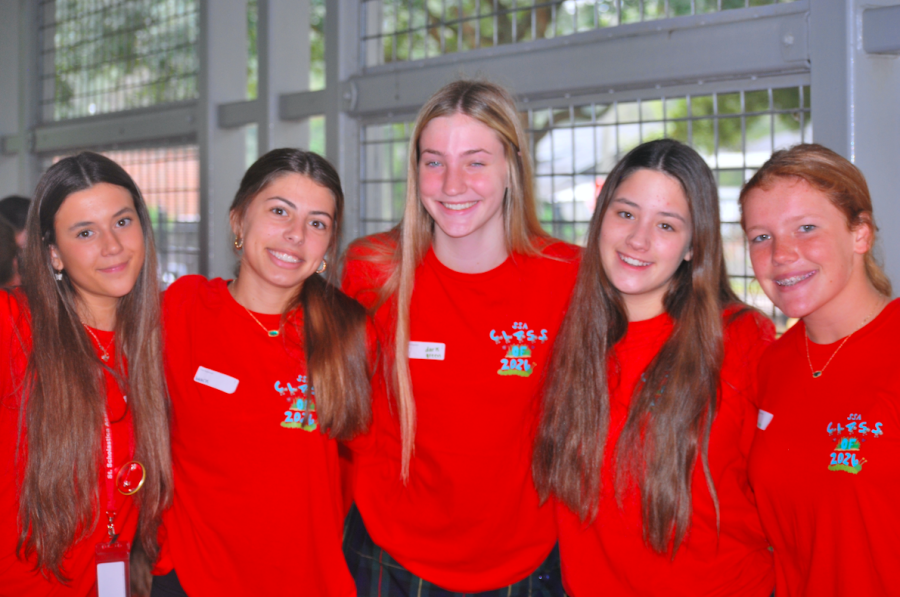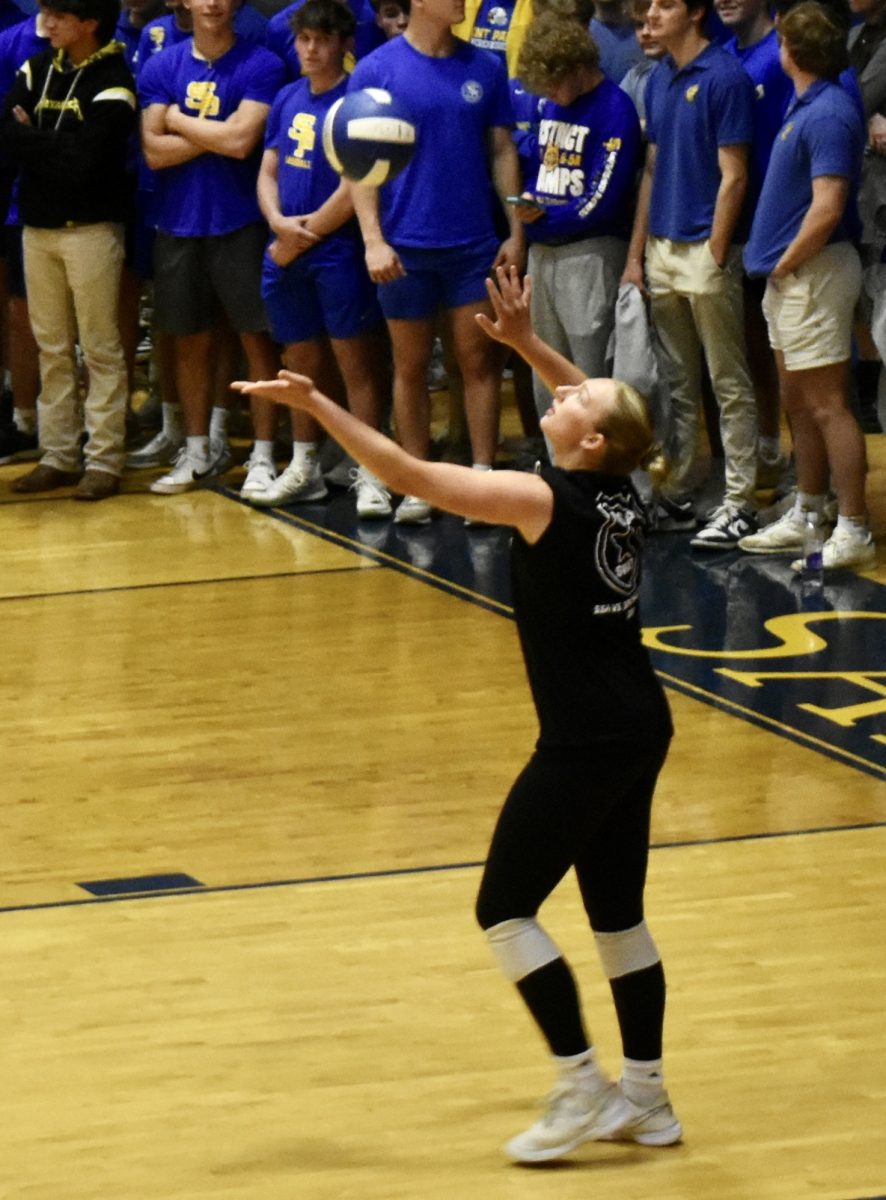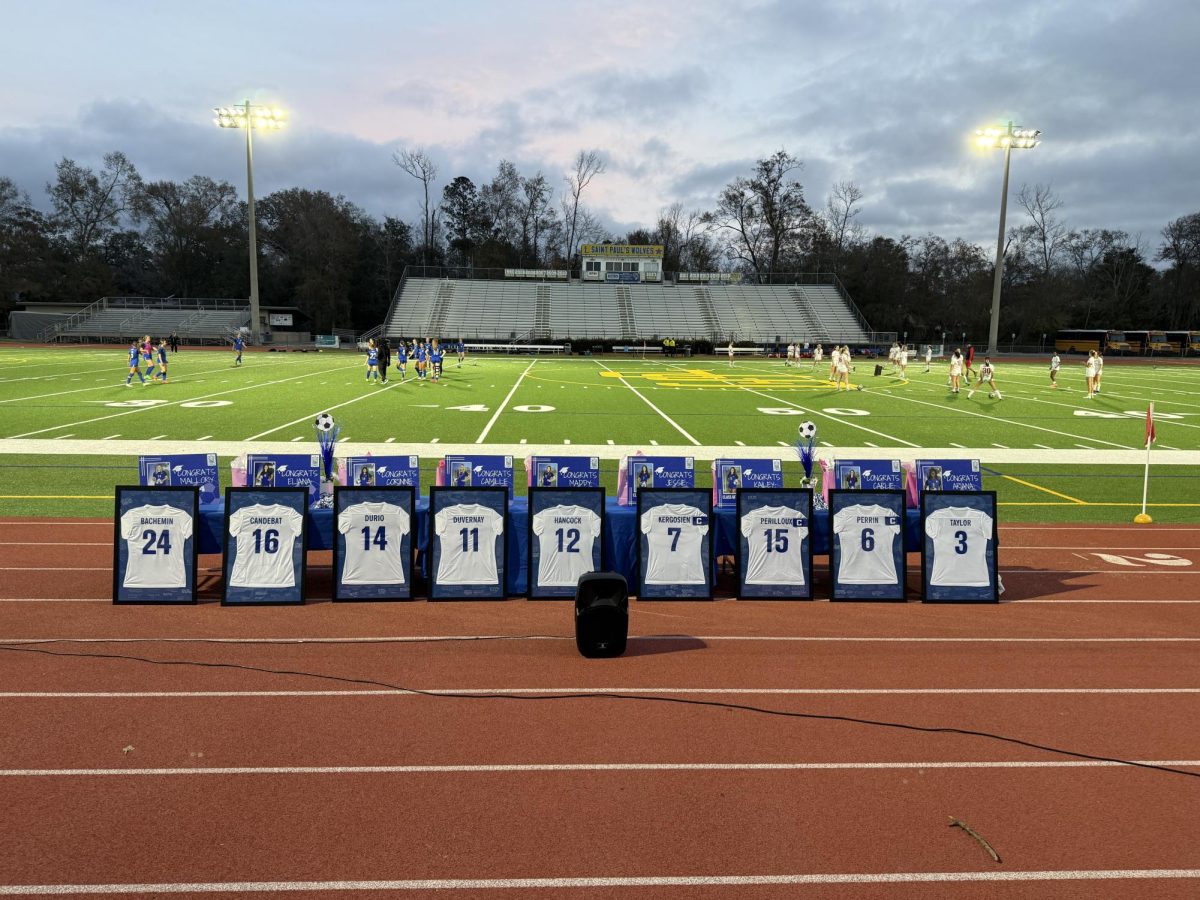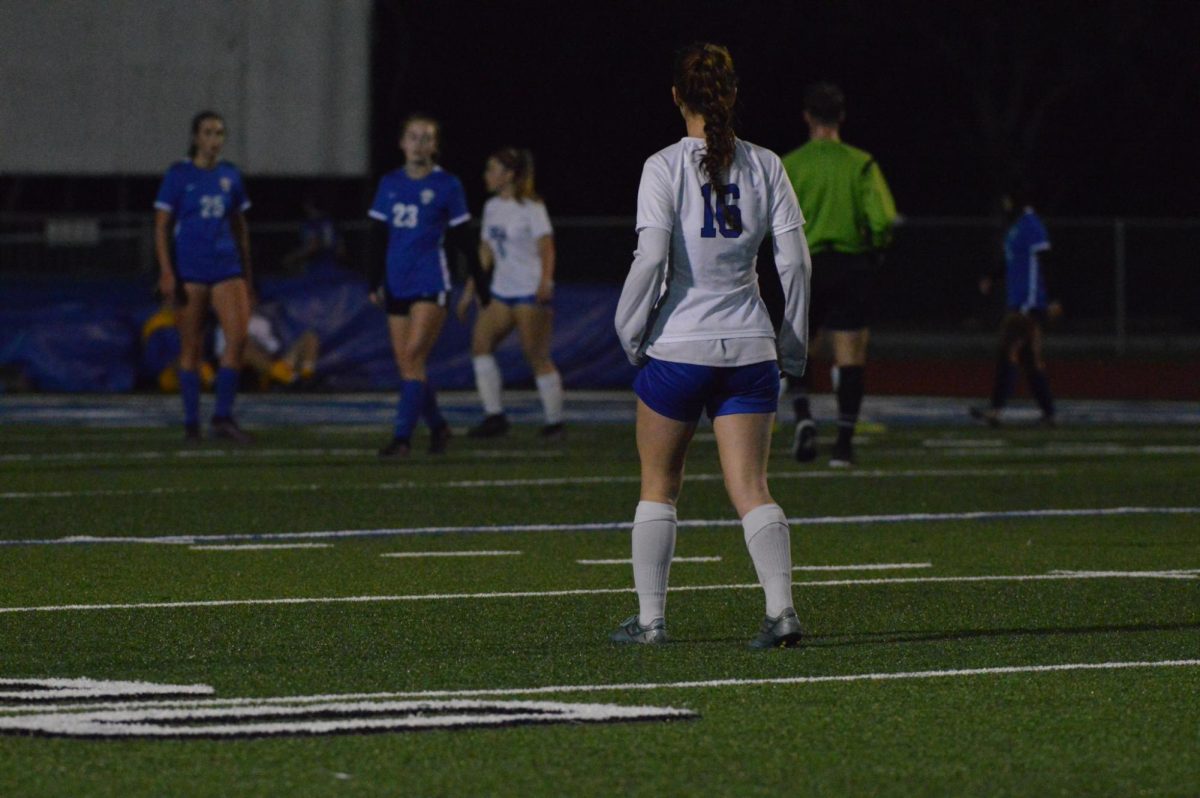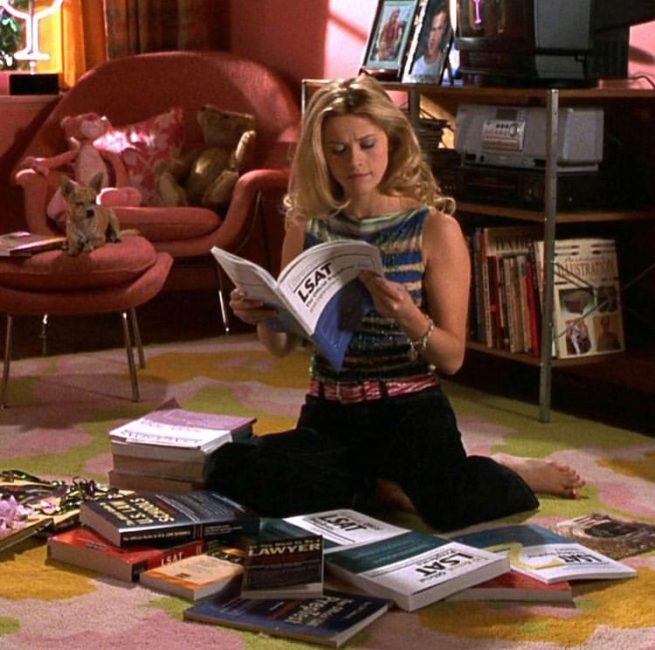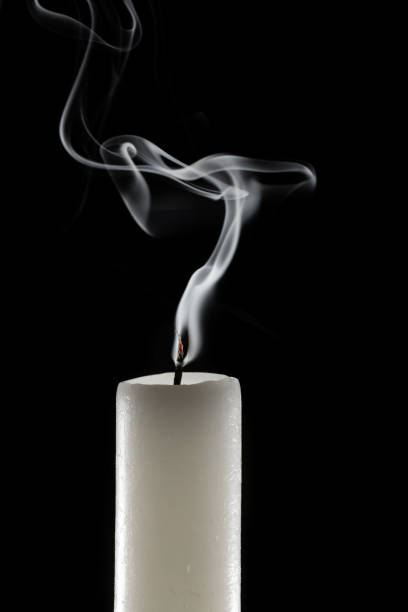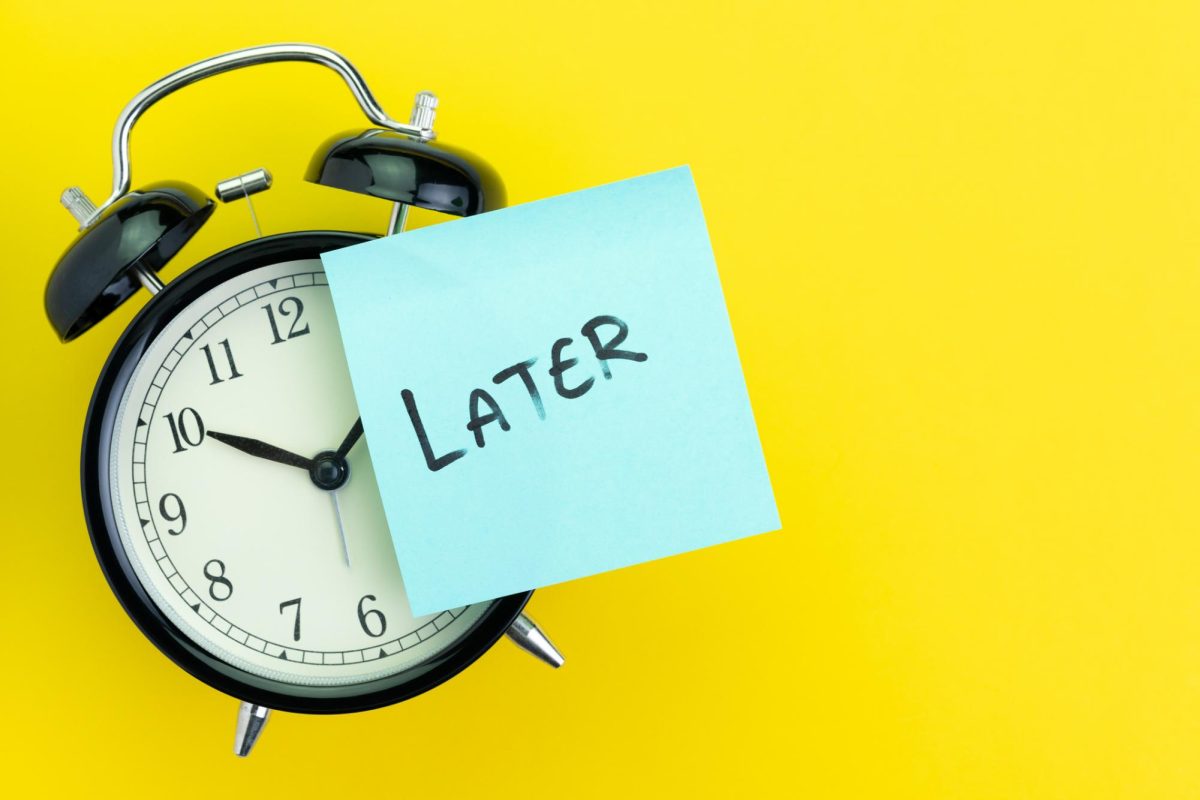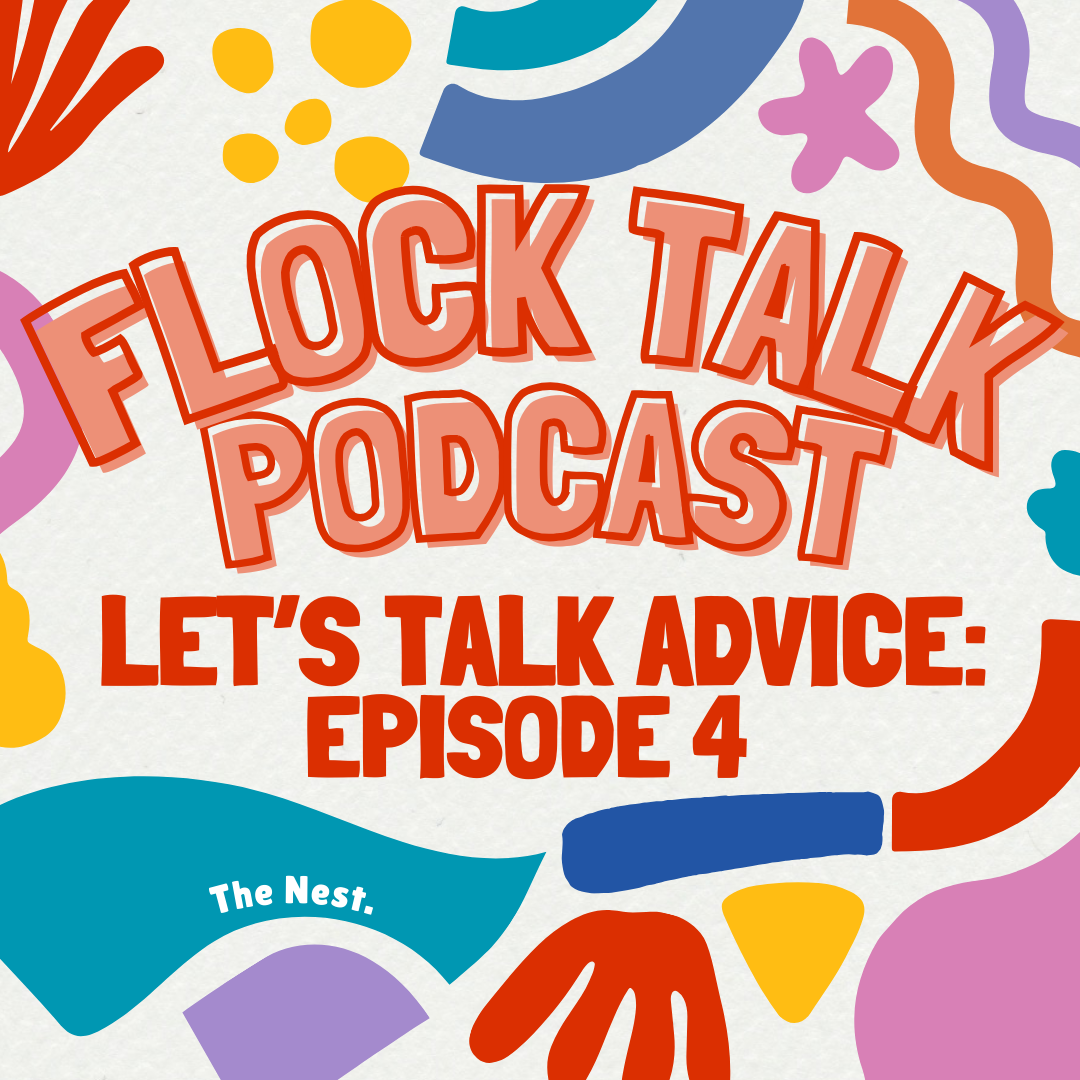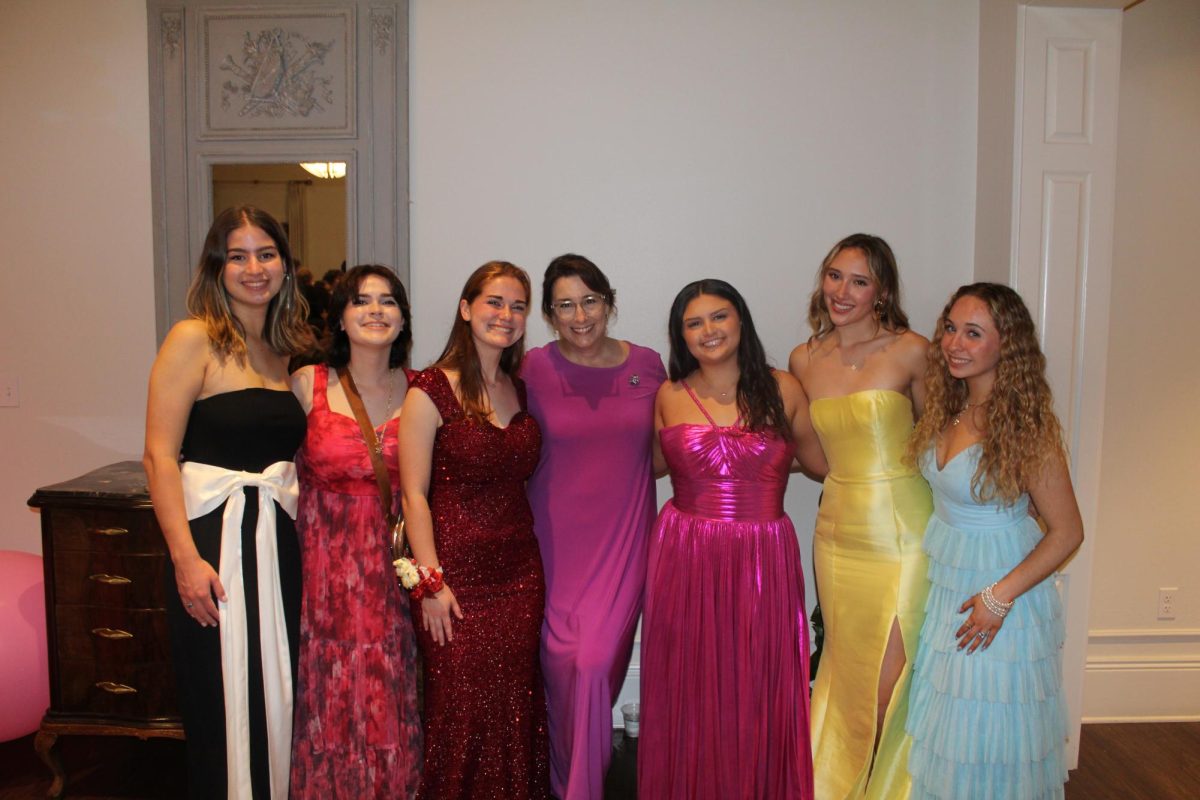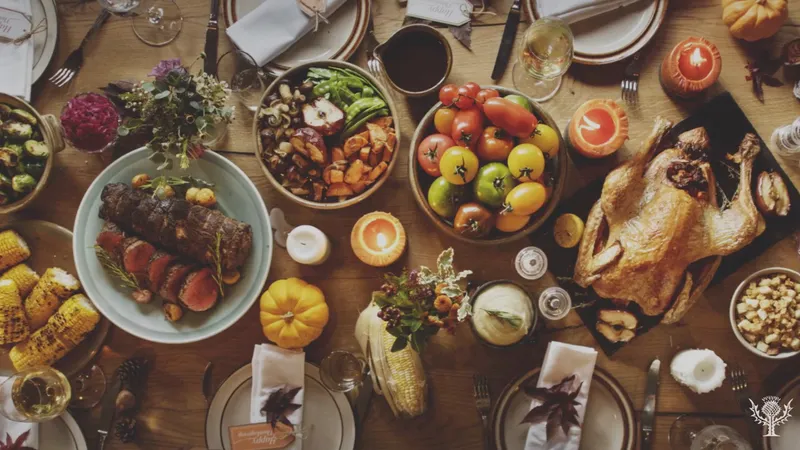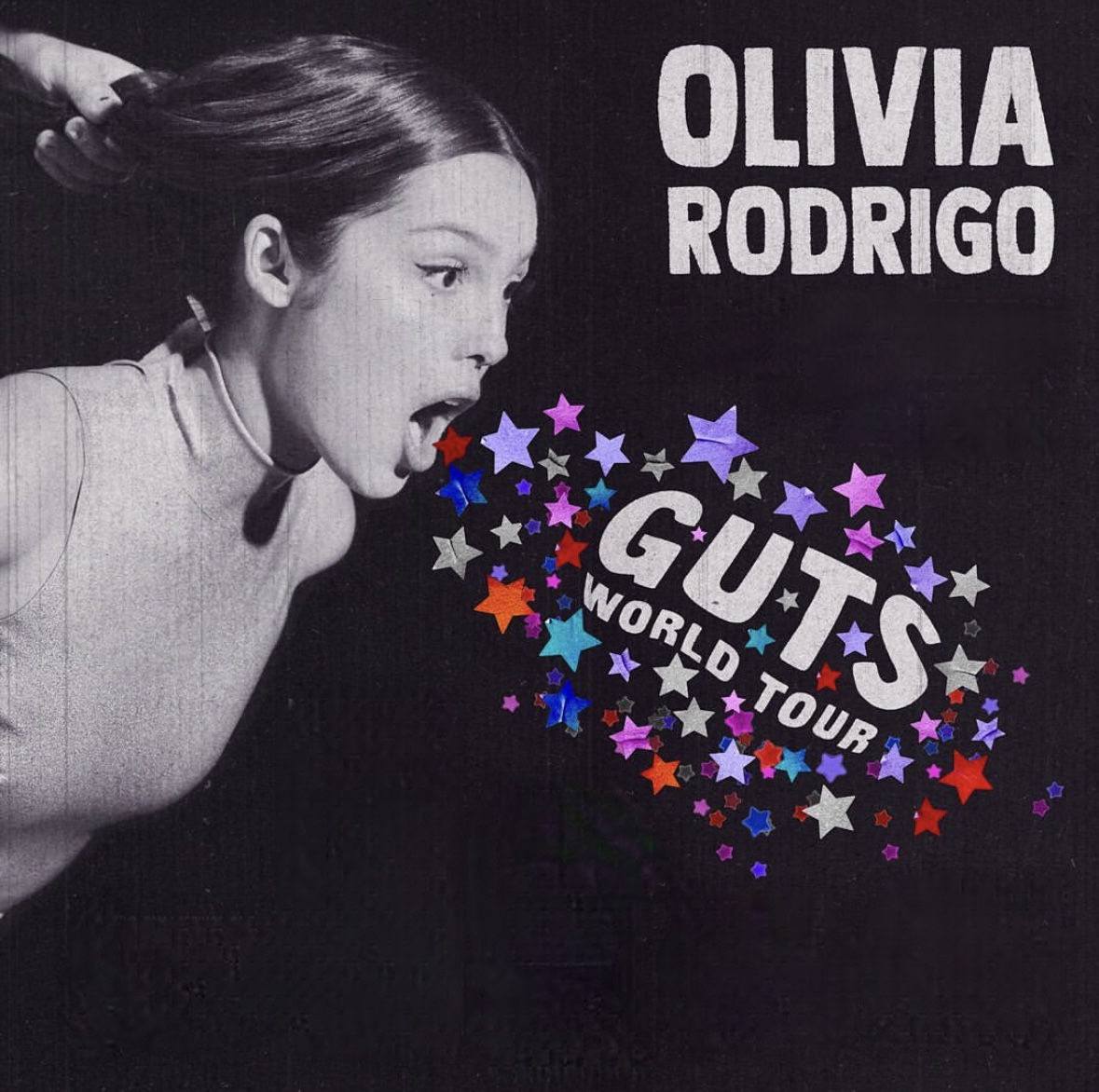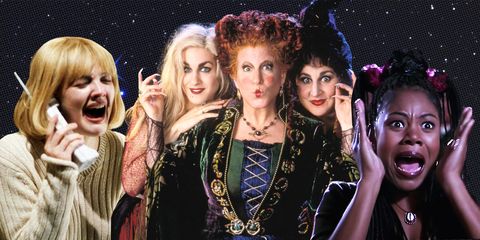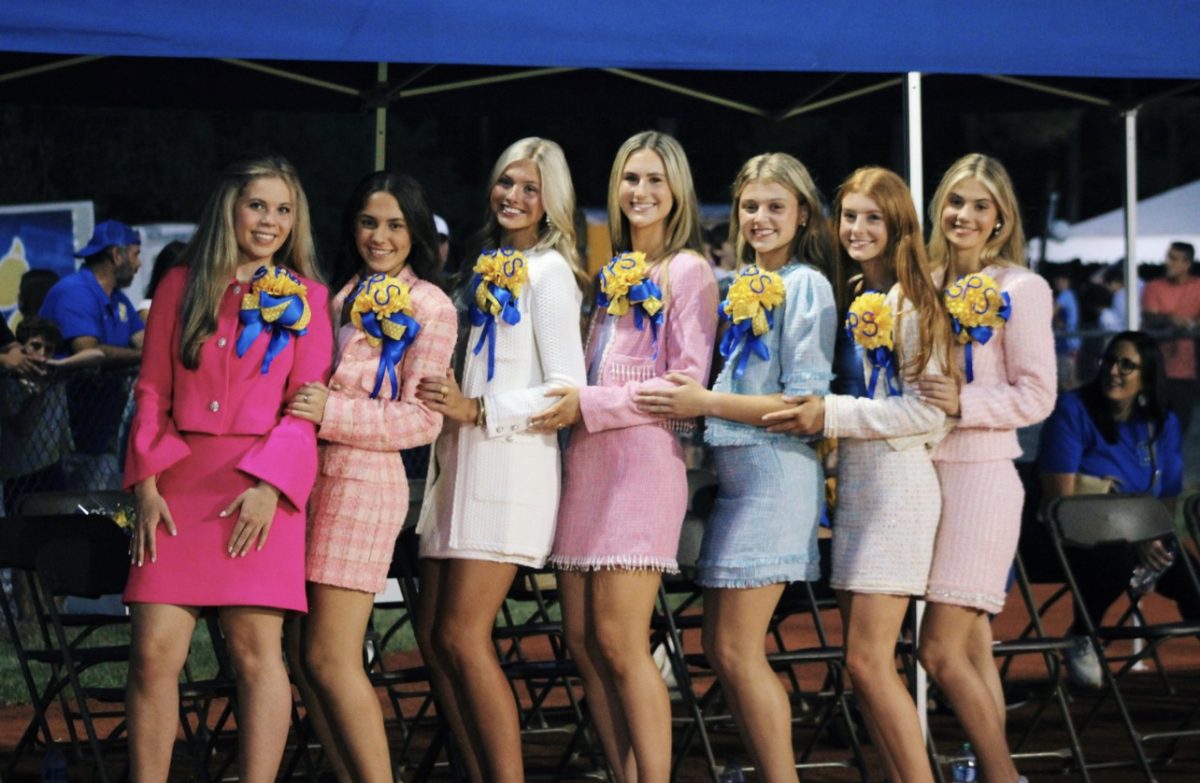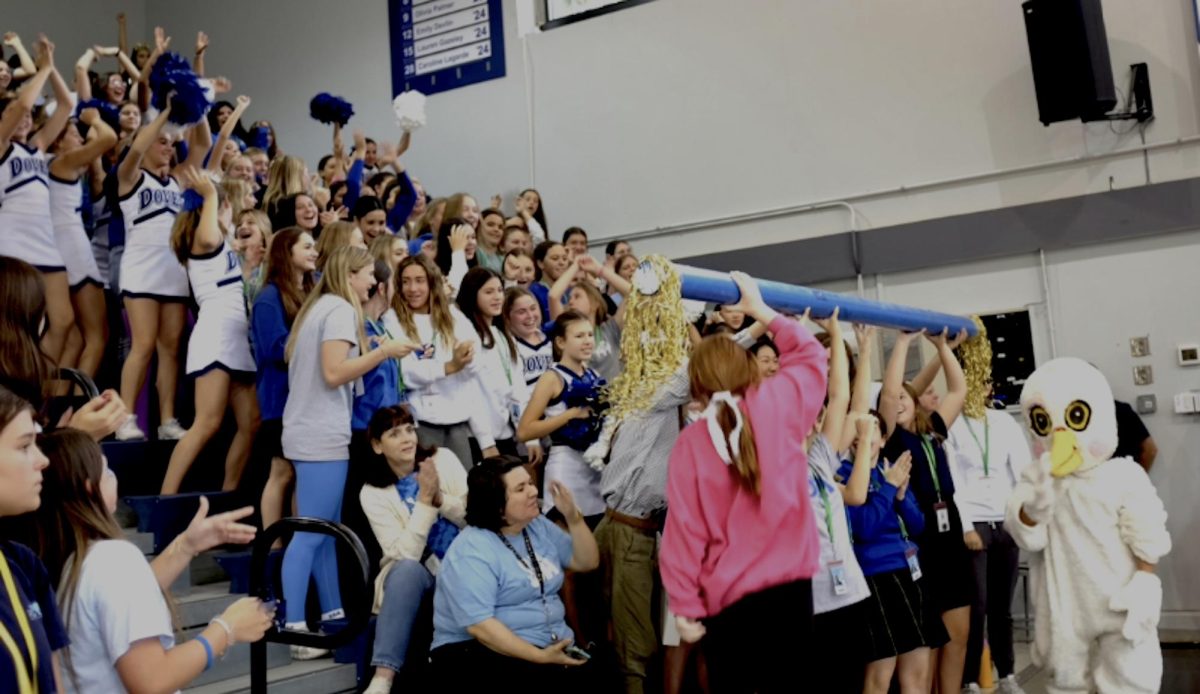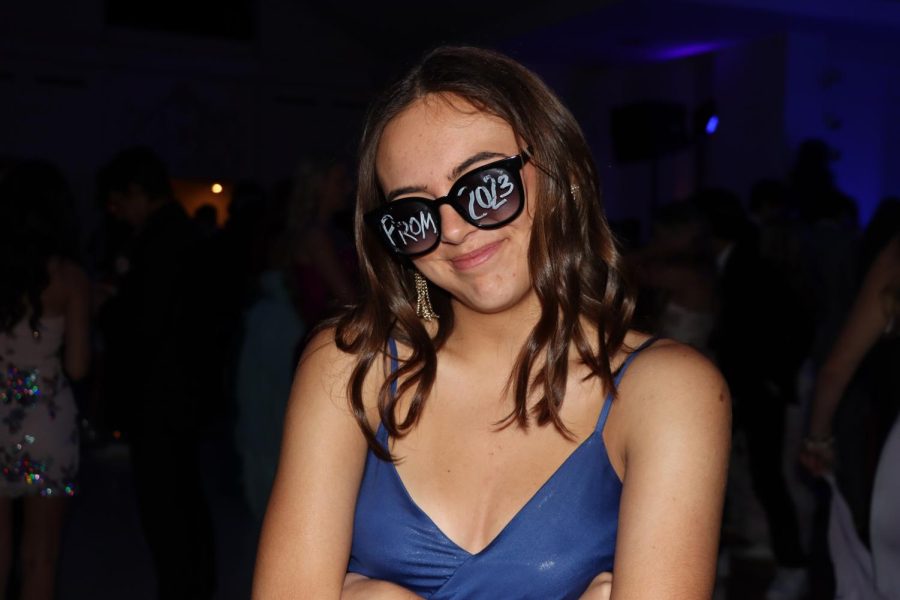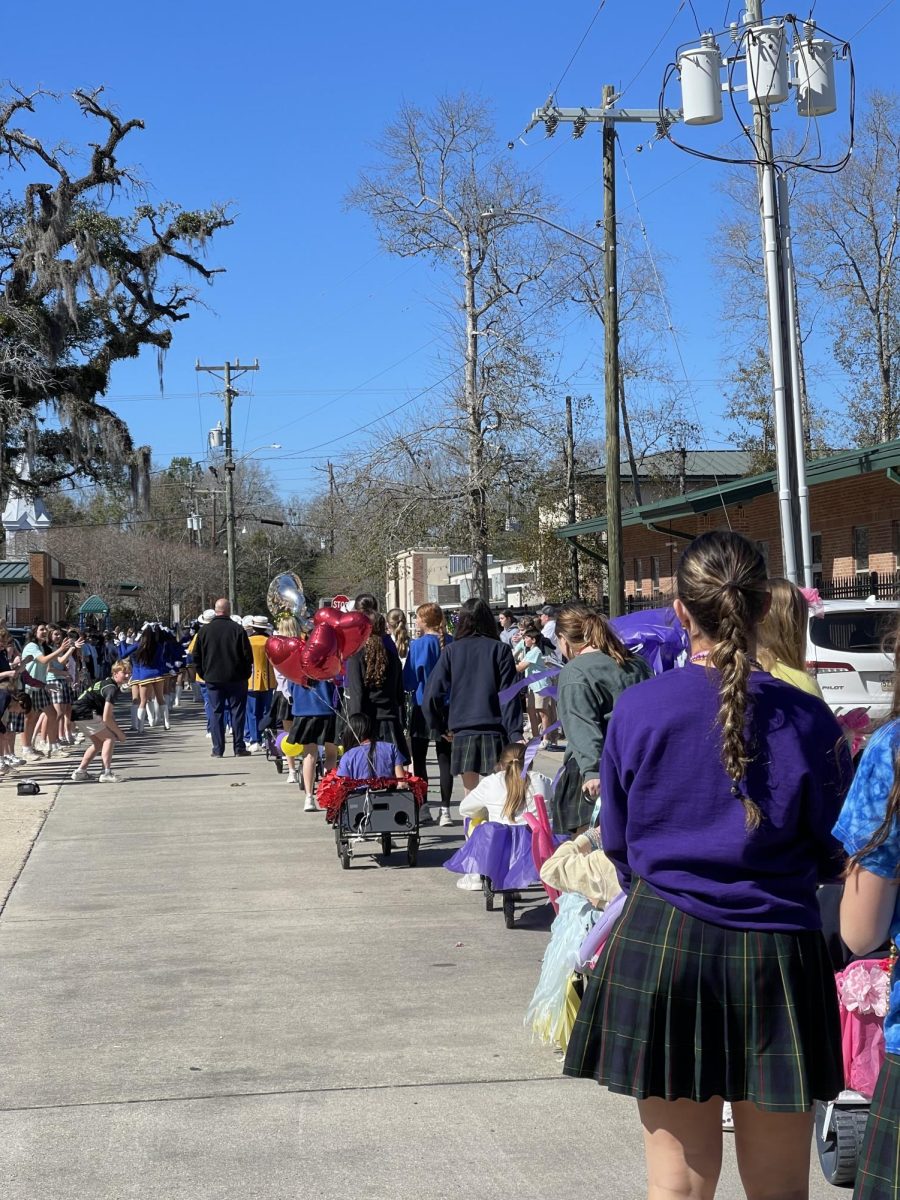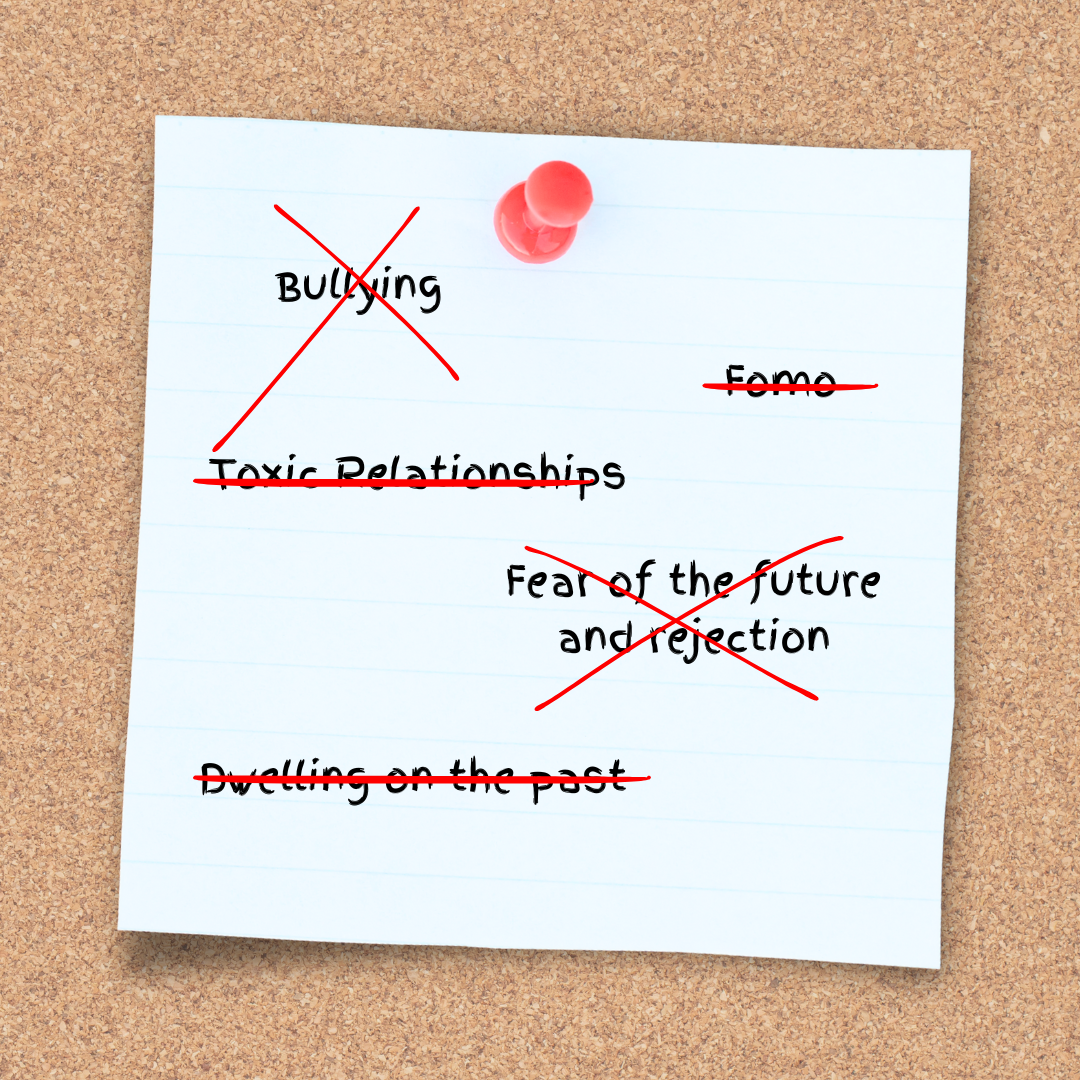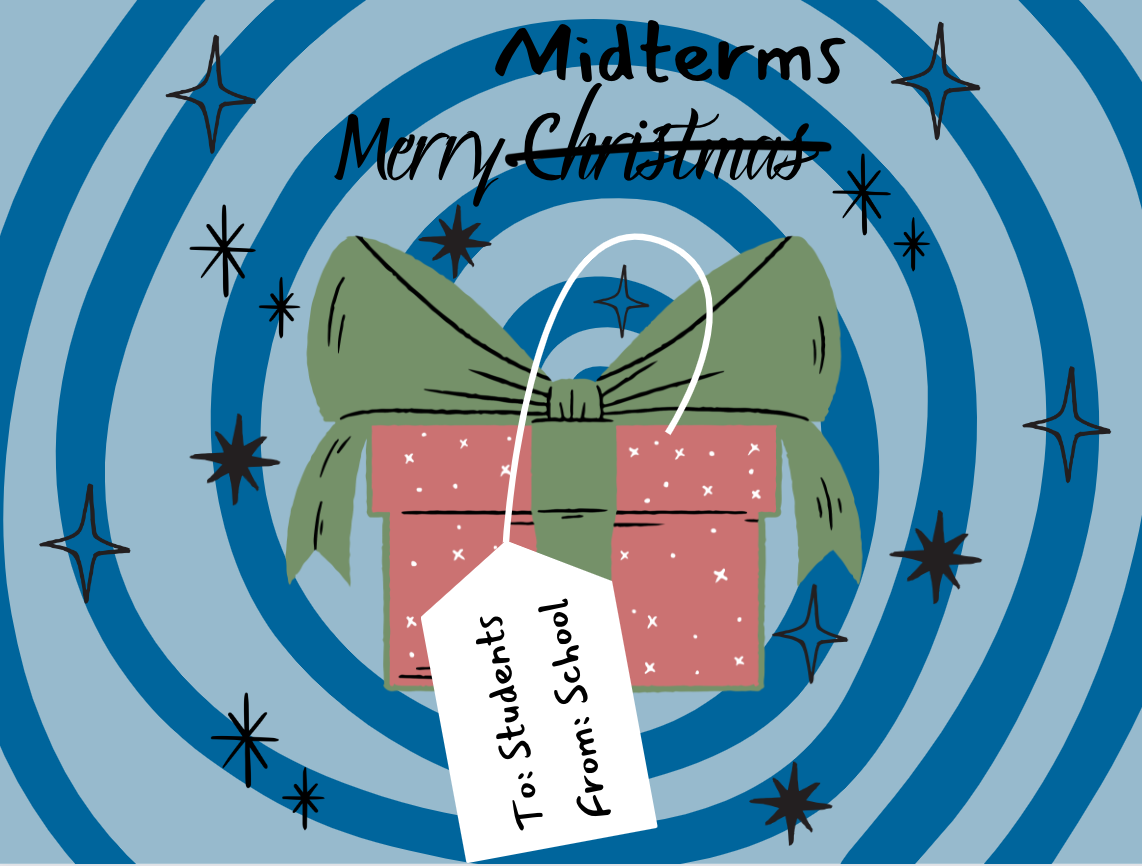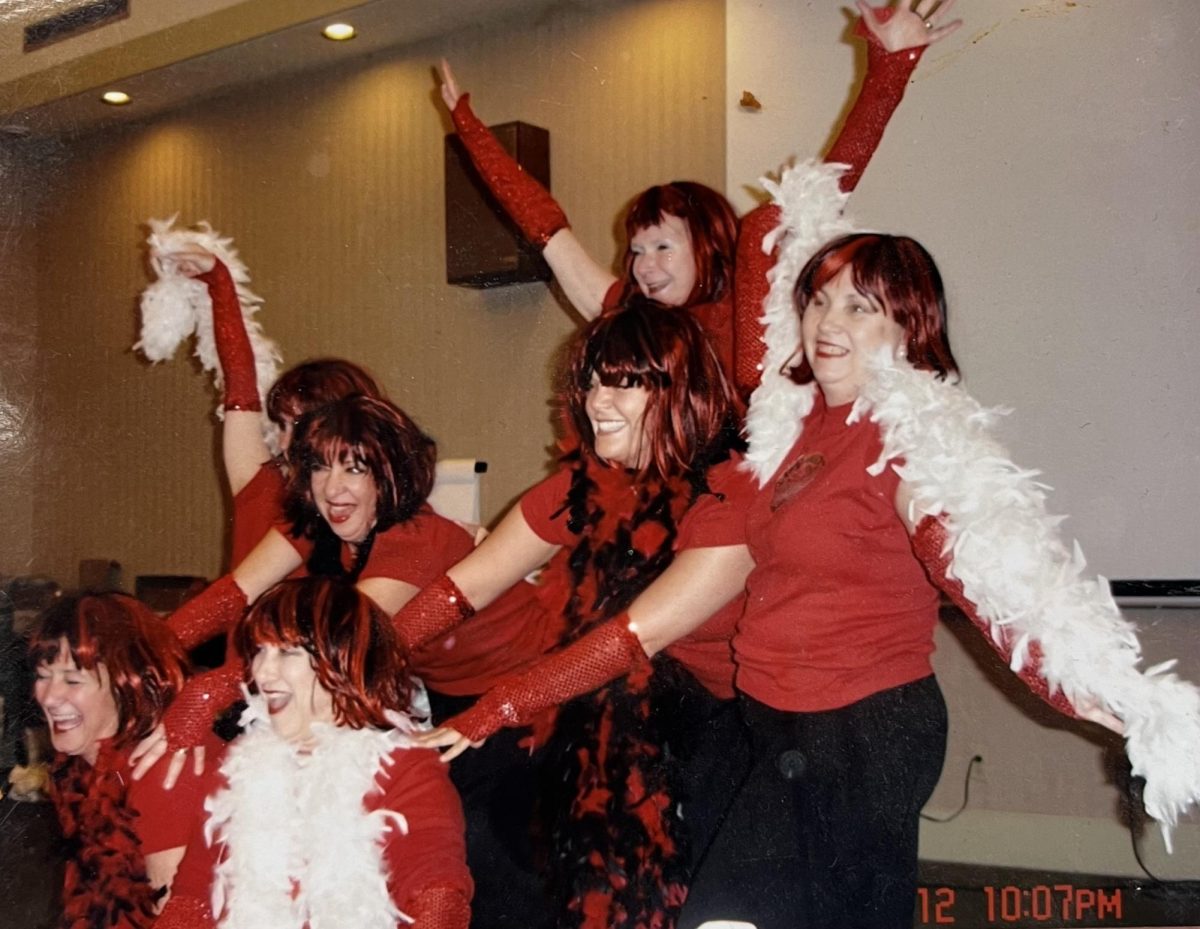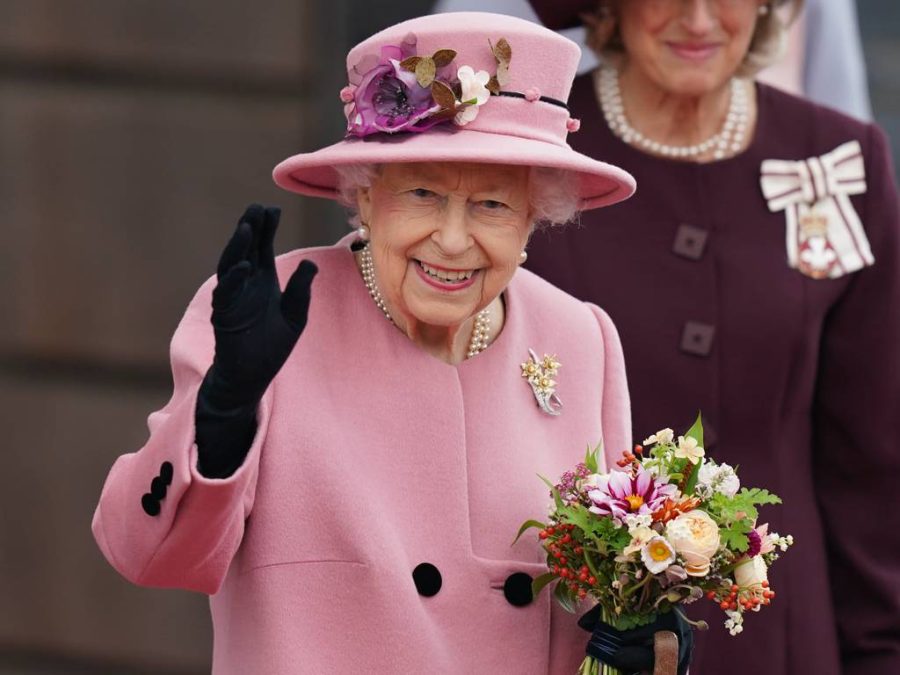The Queen’s Passing: The Then, the Now and the Future
Queen Elizabeth II’s recent passing has affected many worldwide and has made people wonder about what happens next. The queen’s funeral took place on Sept. 19 at Westminster Abbey then her casket was carried through the streets of London toward Windsor Castle for a processional. Now that the queen has passed her oldest son, Charles III has acceded to the throne as King Charles III.
Elizabeth Alexandra Mary was born on April 21, 1926, and was the eldest daughter of King George VI and the Queen Mother. The Queen Mother is the mother of the current queen. When Elizabeth was born she had little chance to assume the throne because her father was not the eldest son of King George V. However when she was 10, her uncle abdicated the throne and her father became king. In 1947 the royal family announced Elizabeth’s engagement to Prince Philip of Greece. Their first son, Charles, was born in 1948.
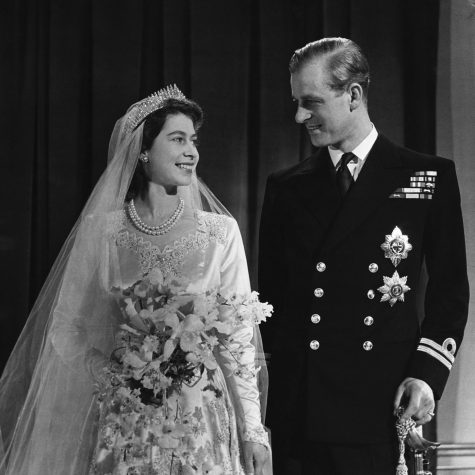
In 1948, Elizabeth’s father, King George VI’s, health started declining so she stepped in for him at various functions. While Elizabeth and Philip were on a tour of Australia, New Zealand and Kenya, King George VI died of lung cancer. Elizabeth then became the sixth woman in history to ascend to the British throne. Her coronation was held on June 2, 1953, in Westminster Abbey. Elizabeth ruled for 70 years and was the United Kingdom’s longest-serving monarch. During her rule, she worked with 15 prime ministers.
On Sept. 8 Queen Elizabeth II died at Balmoral Castle in Scotland. Because the queen didn’t die in London a process called “Operation Unicorn” would undergo. Operation Unicorn adds additional ceremonies in Edinburgh before the queen’s coffin is brought back to London. If the queen would have died in London “Operation London Bridge” would take place. Operation London Bridge is the protocol for after the queen’s death. The plan includes things such as succession and the days following her death.
Right after the queen passed, her private secretary called Prime Minister Liz Truss to inform her of the queen’s death. The Privy Council was called next. The Privy Council is a group of advisors for the queen. Within 10 minutes of the Privy Council being informed of the queen’s death, all flags flown on official buildings were to be flown at half-mast.
Shortly after, the queen’s son, Charles, released a statement saying, “We mourn profoundly the passing of a cherished Sovereign and a much-loved Mother. I know her loss will be deeply felt throughout the country, the Realms and the Commonwealth, and by countless people around the world.” The prime minister also expressed how the queen’s death would impact not just the nation but the whole world. “The death of Her Majesty the Queen is a huge shock to the nation and to the world. Queen Elizabeth II was the rock on which modern Britain was built. Our country has grown and flourished under her reign,” Liz Truss stated. A day after the queen’s death, Charles stated that he wished for a seven-day-long period of royal mourning. During this period of mourning, all the flags would stay at half-mast, and royal salutes would be fired for each year of the queen’s life.
The queen’s coffin arrived at Westminster Hall on Sept. 14. Members of the public were able to view the queen’s coffin lying-in-state which means that her coffin was laid in a public space for people to pay their respects before her burial. Her coffin was lying-in-state for 24 hours a day until the morning of her funeral. The queen’s coffin was draped with the Royal Standard and had the Imperial State Crown on it. The Royal Standard is the flag of the United Kingdom and the Imperial State Crown was worn by Queen Elizabeth II for her coronation. The coffin also had a wreath of white flowers placed on it.
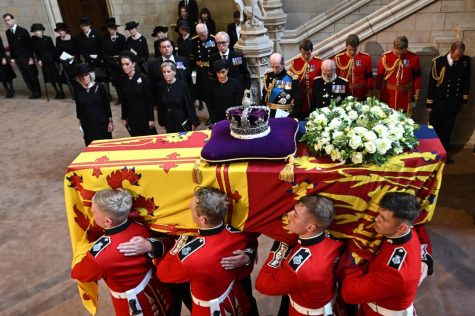
After Queen Elizabeth II’s coffin was brought to Westminster Abbey, the royal family joined together for the queen’s state funeral. The state funeral was an hour long and consisted of prayer, tributes and the singing of the national anthem. After the funeral, the queen’s children and two of her grandsons walked behind her casket through the heart of the British capital. The queen’s final stop was at Windsor Castle where she was buried next to her husband, Prince Philip.
Some furry friends also attended the queen’s funeral. Queen Elizabeth II had a love for horses and for corgis. Over the queen’s 70-year-reign she had more than 30 corgis. The queen first started riding horses at the age of three and has loved them since then. At the queen’s funeral her last two corgis, Muick and Sandy, were waiting outside Windsor Castle to watch her coffin go past. Her pony, Emma, was also waiting for her arrival standing between thousands of floral tributes.
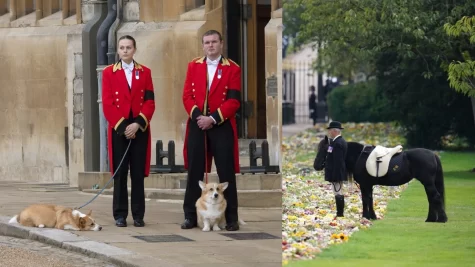
The queen’s oldest child, Charles, became king immediately after his mother’s death. Charles announced after the queen passed that he would go by King Charles III and Camilla, his wife, would be the queen consort. The queen consort is the wife of the reigning king. Before the queen’s passing, she released a statement saying that she hopes everyone will be as welcoming toward her son and his wife as they have been to her. In Britain’s monarchy the second the reigning monarch passes away the next in line to succeed them immediately becomes the next king or queen. Buckingham Palace stated that King Charles III would be “proclaimed at the Accession Council” at St. James’s Palace in London. During this, the Privy Council will proclaim the new king and approve various important orders. Then King Charles III will sign an oath that upholds the security of the church in Scotland and will approve Orders in Council. The Orders in Council will facilitate continuity of government. The king gave his first address the day after his mother’s passing. Even though King Charles III is ruling as the monarch, his coronation will most likely not be held for months after the queen’s passing because the queen herself waited more than a year before her coronation.
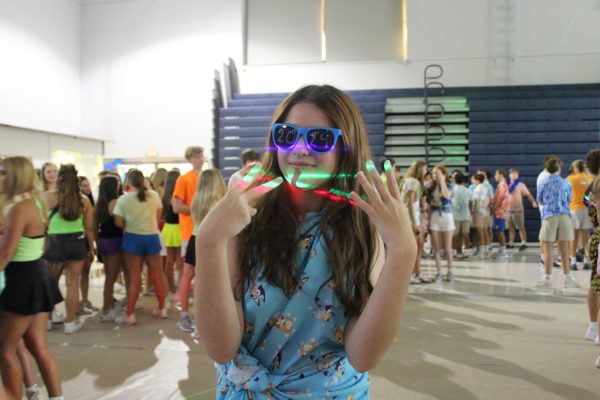
Kiki is a senior here at SSA. She is in clubs like Nature's Minions, SADD and is Key Club president. She loves being outside and traveling around the world.


